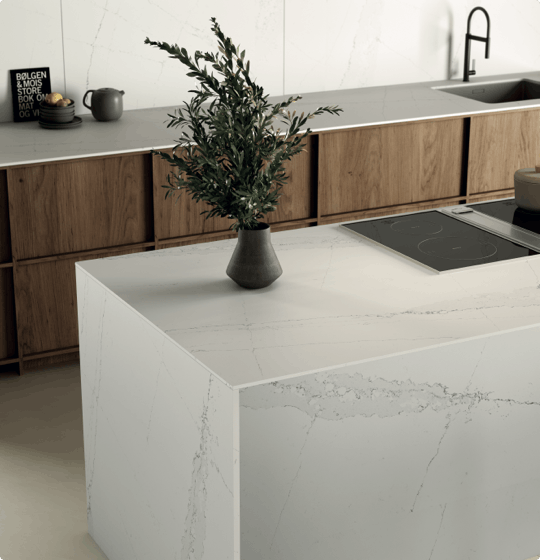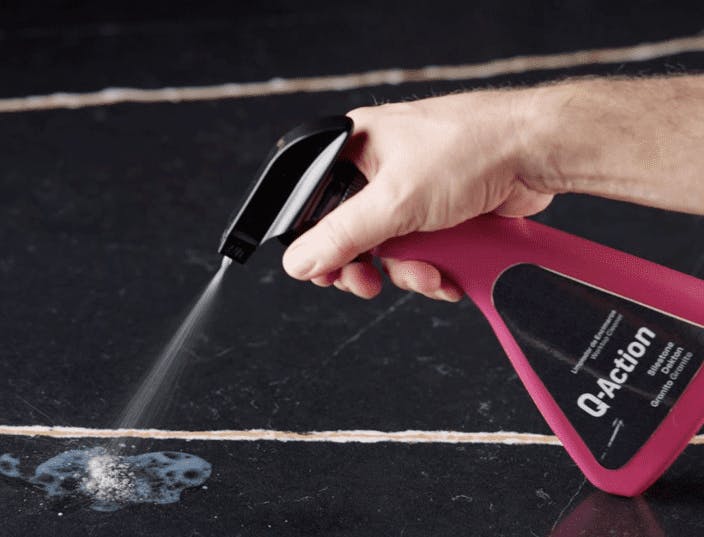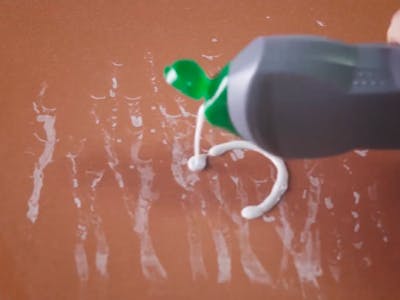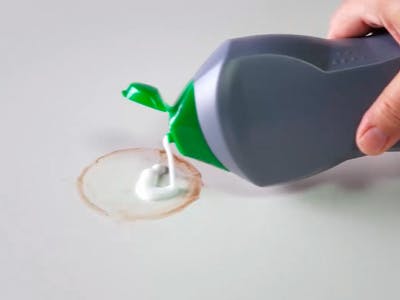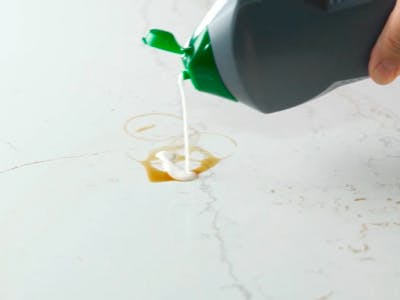Silestone maintenance
Here, you will find the best tips and tricks to keep your Silestone surface as good as new for years to come.
Silestone’s high compaction and hybrid composition consisting of premium minerals, quartz, and recycled materials makes it highly resistant to stains, preventing them from penetrating the surface and making daily cleaning easy and quick.
The new Silestone surfaces are manufactured with the exclusive and innovative HybriQ Technology, which uses 100% renewable electric energy and recycled water in the production process, maintaining all the properties of Silestone and moving towards a more sustainable world.

